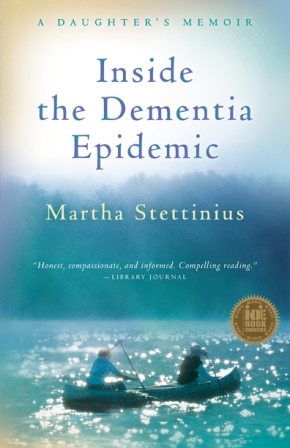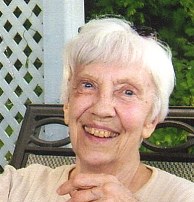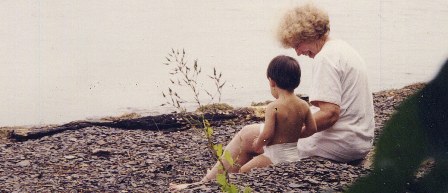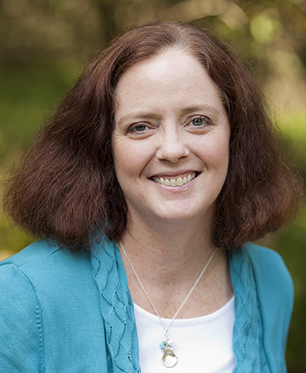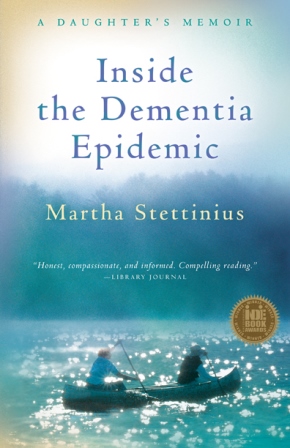Caregiving Spouses and Partners Receive Little Support at Home
 Tuesday, April 29, 2014 at 08:18PM
Tuesday, April 29, 2014 at 08:18PM 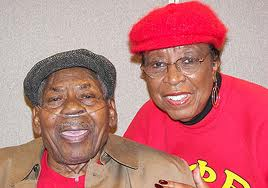 A new report by the AARP Public Policy Institute and the United Hospital Fund shows that family caregivers caring for a spouse or partner struggle to get by with significantly less help in the home than other types of caregivers.
A new report by the AARP Public Policy Institute and the United Hospital Fund shows that family caregivers caring for a spouse or partner struggle to get by with significantly less help in the home than other types of caregivers.
Why is this true, and what can we do about it?
Here’s a portrait of the “average” family caregiver caring for a spouse or partner with a long-term illness or condition. Do you recognize yourself or someone you love?
You’re in your 60′s, retired, working part-time, or unemployed, and you care for your spouse or partner of about the same age at home around the clock. As her long-time companion, you feel as if you should be able to provide nearly all of the care she needs; in fact, on most days you don’t even think of yourself as a “caregiver.” Honoring your vow of “in sickness and in health,” you would rather care for your partner yourself than hire help.
You receive no assistance from home care aides, and your care recipient is rarely visited at home by health care professionals. Lacking adequate training, you find yourself responsible for medical tasks such as cleaning wounds, monitoring medication, and administering injections, tasks that in the past would have been handled by nurses. You serve not only as your partner’s primary nurse, but as her care coordinator, dietician, cook, housecleaner, launderer, chauffer, and activities coordinator. You are also your loved one’s main source of social interaction. Your adult children don’t come around very often, maybe because you assure them that you’re doing fine. And your friends don’t offer to give you a break from caregiving, maybe for the same reason, or because they have no idea how exhausted you feel. You do what you do out of love (or obligation), and usually you feel as if you have no choice.
I don’t mean to paint a depressing picture, but according to the AARP Public Policy Institute and United Hospital Fund report released last week (“Family Caregivers Providing Complex Chronic Care to Their Spouses”), this portrait reflects reality for the majority of family caregivers caring for a spouse or partner.
Read the rest of this blog post on caregivers.com.





